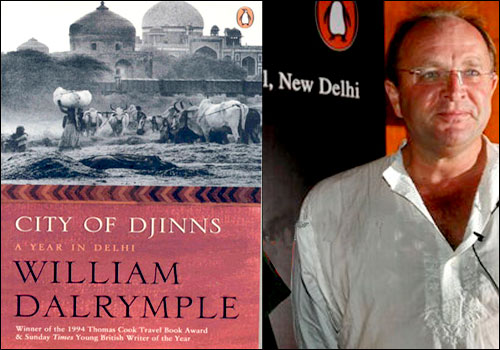

He wrote the highly acclaimed bestseller In Xanadu when he was twenty-two. This is something that Dalrymple continues to do with later books, such as The Last Mughal, and with White Mughals.William Dalrymple was born in Scotland and brought up on the shores of the Firth of Forth. It allows the reader to see how the past actually co-exists with the present. These people bring to life the details of history in a truly unique way.

The descendants of the once mighty Mughals, now impoverished Anglo-Indians and Britishers trying to fit into Indian society after the fall of the Raj practitioners of traditional Unani medicine from Central Asia sadhus caligraphers, and eunuchs all make an appearance in the text.īringing Together the Past and the Present ― William Dalrymple, City of Djinns: A Year in Delhi Somehow different areas of Delhi seemed to have preserved intact different centuries, even different millennia … All the different ages of man were represented in the people of the city” “But where Delhi was unique was that, scattered all around the city, there were human ruins too. Throughout all this, he ties together the past and the present, especially when talking to people with connections to these chapters of Delhi’s past. Walking through the streets of this old city, Dalrymple visits ruins hidden in narrow lanes and wades through musty old libraries to piece together its past. Successive civilisations have made Delhi their capital, and in City of Djinns, we get to go back in time and experience everything from the (then recent) Sikh Riots the aftermath of the Partition of India the British Raj the Mutiny of 1857 opulent Mughal Delhi the city of the Sultanate and finally, its connections to the famed city of Indraprastha from the Indian epic “The Mahabharata”. The Many Cities of Delhi in the City of Djinnsĭalrymple’s Delhi is a sprawling and layered city, and he peels these back to explore selected periods of its history. They include a thrifty Sikh landlady and her eccentric husband a jovial taxi driver various government officials eunuchs whirling dervishes and living relics of the British Raj. In his quest for the city’s (in)famous djinns (fire-formed spirits), Dalrymple and his wife, the book’s illustrator Olivia Fraser, meet a series of interesting characters. The book follows Dalrymple’s now familiar style of tying together contemporary events and anecdotes with historical tales and fantastical legends.


 0 kommentar(er)
0 kommentar(er)
